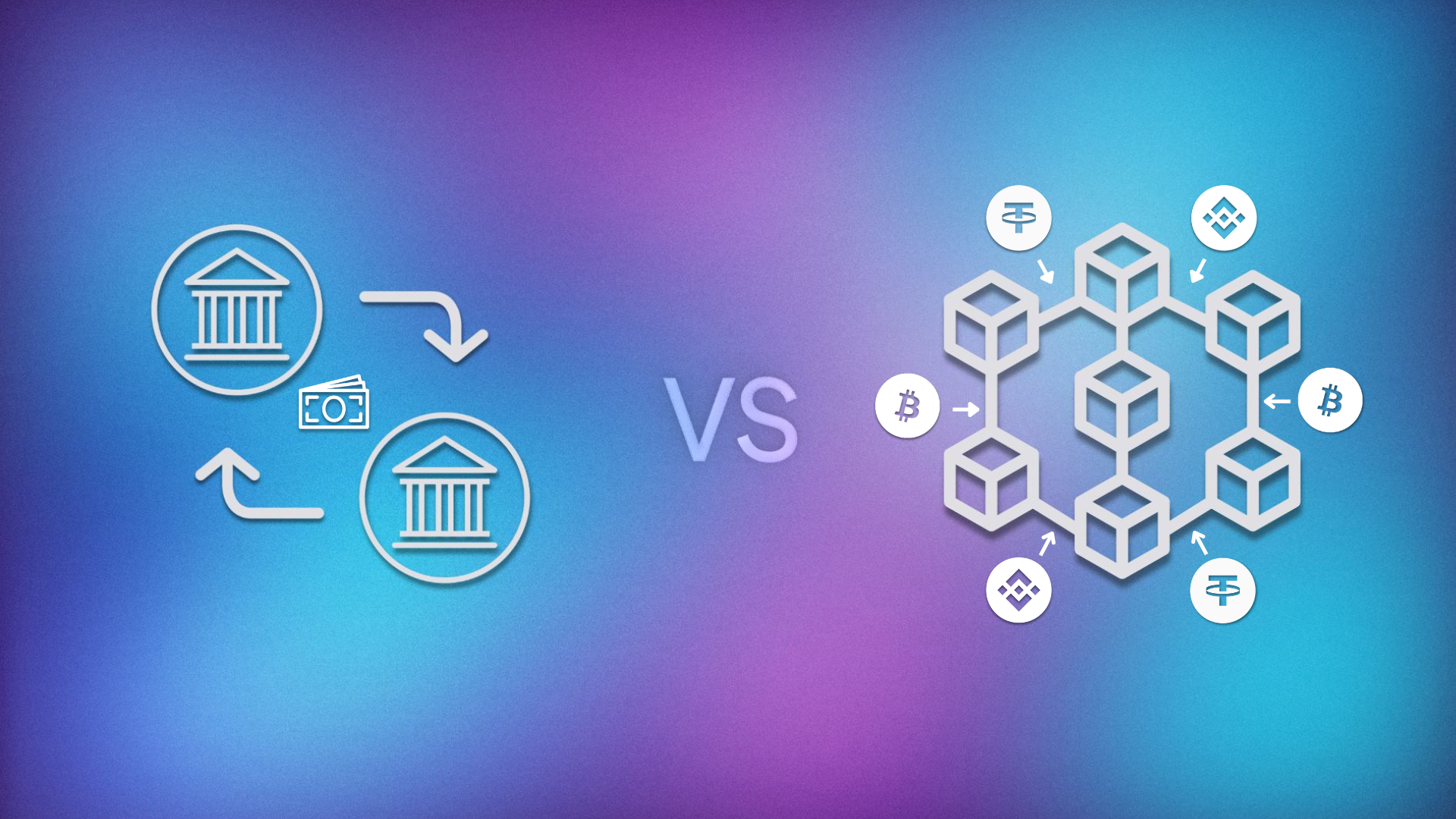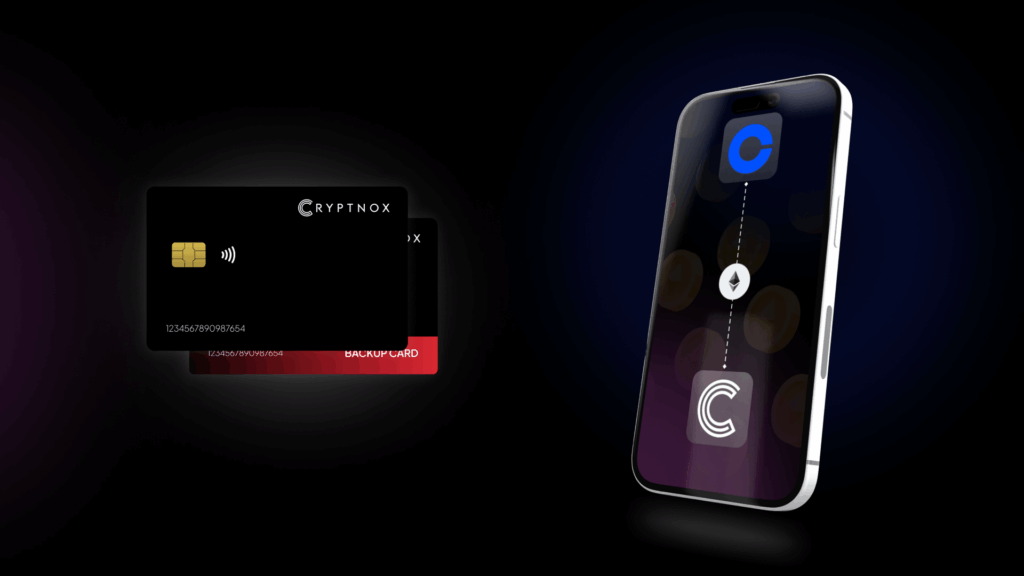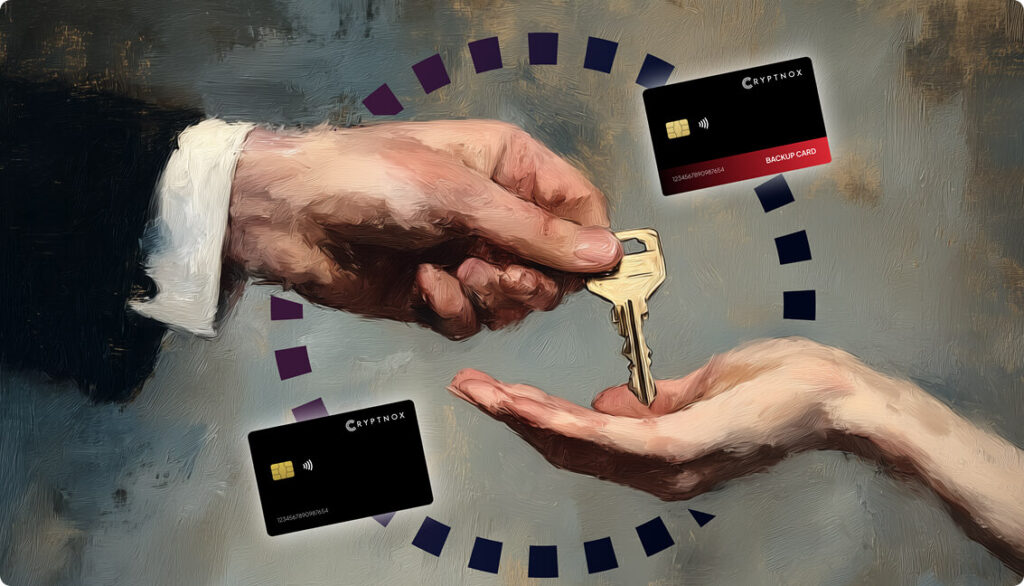As the field of financial technology is advancing, blockchain-based payments are becoming an appealing alternative to the traditional payment system for credit cards. But what is it that really distinguishes these two payment methods on a technical level? What are the differences in how they function behind the scenes? Why are these differences ever more relevant to businesses and consumers who value security as well as transparency and control?
This article gives a comprehensive analysis of the internal processes of both credit card systems as well as blockchain networks, focusing on the aspects of the process of authentication, validation, transaction processing, and the final settlement.
How Traditional Credit Card Payments Function
Credit card payments are in a central and highly permissive financial network, which includes several principal participants.
Key Participants
The consumer (cardholder) initiates the transaction and it is the merchant who will accept it. The processor or bank of the merchant (known by the name of “acquirer”) is in collaboration with the bank of the cardholder (the “issuer”). The transactions are processed through card networks, such as Visa and Mastercard.
Transaction Process
When a cardholder swipes or taps or inserts a card, the terminal at the point of sale transmits an authorization request to the bank that is acquiring. The request is then sent through the network that handles cards to the issuing bank who reviews the cardholder’s bank account, funds and patterns of fraud prior to accepting or denying the transaction.
Once the purchase has been authorized, the seller submits the approved transaction batch to the acquirer for processing. The funds are passed from the seller to the buyer with the exception of any fees applicable and the merchant is then able to receive the final payment, usually within one and three days.
System Dependencies
The structure is based on central systems that use locked APIs that are closed, multiple-layer fraudulent checks, and rigorous standards for data security, such as PCI DSS. Although it is robust however, the system can be expensive and slow and does not provide transparency to the user.
How Blockchain Payments Work
Blockchain transactions are based on an infrastructure that is decentralized and has built-in security in cryptography as well as a public ledger for transparency.
Key Participants
The sender initiates the transaction via an online wallet, while the recipient gets it from another address in the wallet. The transactions are validated through a network of nodes and subsequently approved by miners or validators based on the blockchain.
Transaction Process
A person who is sending the transaction authorizes the transaction with their private key that is safely stored in their hardware wallet or secured by smart cards (like Cryptnox). After the transaction is signed, it is made available to the network.
Nodes look over the transaction to determine its authenticity and make sure that there isn’t any double-spending taking place. In the event that all checks pass the validation of miners, they will add the transaction to an existing block. Once the transaction is confirmed, it is permanent and cannot be changed.
Technological Backbone
Blockchains function via distributed ledgers, public key encryption and consensus mechanisms which eliminates the requirement for central authorities or trustworthy intermediaries.
Comparison of Credit Card and Blockchain Systems
Credit card networks operate within a centralized framework, whereas blockchain is based on a decentralized system. When you pay with a credit card the issuer validates the authenticity of the cardholder, whereas blockchain relies on cryptographic keys to provide security.
The transactions made by credit cards are generally invisible to the user and involve a variety of processes and parties. However, blockchain transactions provide full transparency and traceability in public ledgers. The typical settlement for credit cards takes between one and three days, while blockchain transactions could settle in minutes to seconds, based on the network utilized.
Traditional payment methods rely on a variety of third-party providers, which can increase risk and cost. It also increases the likelihood of being a victim of fraud. Blockchain technology, in its design eliminates intermediaries and lowers the risk.
Safety, Prevention of Fraud and User Security
Fraud prevention and user control systems for credit cards permit merchants to take transactions on behalf of consumers, resulting in security risks such as theft of cards as well as cloning and fraud chargebacks.
Blockchain transactions, however, utilize a push-only system. Only the person who has control of the secret key is able to sign off on a transaction, which makes the possibility of unauthorized transactions virtually impossible when the key is securely kept.
At Cryptnox we provide the security of private keys inside high-security smartcard chips with features such as PIN or PUK security, which gives you the best security of digital assets.
Settlement Timelines and Intermediaries
Although credit card payments might appear instant, in reality, settlement can be delayed due to the interaction of multiple institutions. Blockchain transactions are typically processed quicker, sometimes within seconds: based on the speed of the network and the traffic.
For example, Bitcoin may require several minutes to confirm, while networks such as Ethereum or Solana will confirm transactions almost immediately. Eliminating processors and banks means faster and more cost-effective payments.
Transparency vs Privacy of Transactions
Even though the data of credit cards is considered to be private, banks and networks have full access to transaction data. These records are often collected and shared with other organizations.
Blockchain networks, however, allow transparent transactions that are auditable and that are accessible to everyone. Although this improves transparency, it could also cause concerns regarding privacy. However, advances like blockchains that are zero-knowledge and privacy-focused can address these issues without compromising openness.
Operating Costs and Fees
Card systems are characterized by processing fees that vary between 1.5% to 3.5 per cent, as well as chargeback penalties and excessive international costs. Businesses also face initial expenses like the setup of terminals and compliance measures.
Blockchain transactions are generally less expensive, particularly for transfers across borders and low-value transactions. The costs are usually restricted to the network’s gas costs and there’s no chance of penalties or chargebacks.
For businesses, particularly those that operate globally Blockchain could be an affordable and effective solution.
The Future Cryptnox’s Hybrid Strategy
At Cryptnox we’re combining the security of traditional financial institutions with the new technology of blockchain. With this one-stop solution, users are able to manage both crypto and fiat transactions and authorize blockchain transactions and also authenticate online, all with one safe device that is equipped with certified chips as well as robust security measures to protect cryptographic data.
Key Takeaway
The credit card system and the blockchain platforms seek to make secure and efficient value transfer. However, they accomplish this by using very different structures.
Traditional credit card transactions are centralized and rely heavily on trust from institutions, whereas blockchain is a decentralized system that relies on trust in cryptographic technology.
While Web3 continues to expand and programmable finance is becoming a mainstream technology, such as Cryptnox smart cards bridge the gap between the old and new, allowing people to navigate through both worlds effortlessly and confidently.




